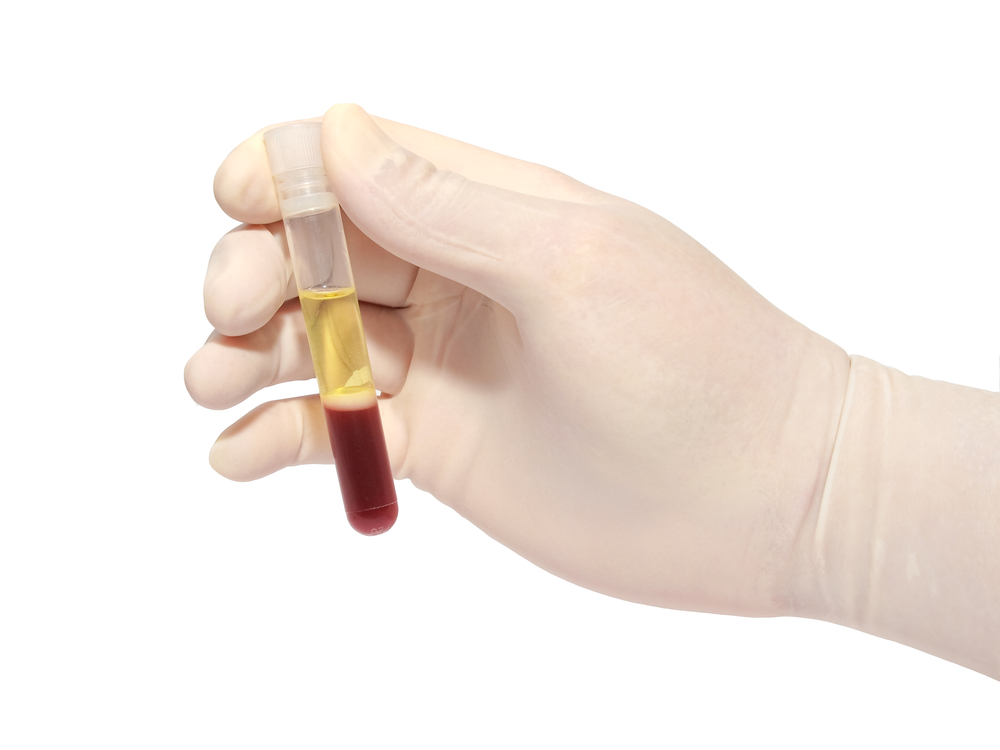PAH Patient Survival may be Predicted by Plasma Levels of Two Lipid Metabolites

Researchers from Tufts Medical Center in Boston identified two new biomarkers that may help predict survival in patients with pulmonary arterial hypertension (PAH).
Findings from the study “Plasma 12- and 15-hydroxyeicosanoids are predictors of survival in pulmonary arterial hypertension,” were recently published in the journal Pulmonary Circulation.
PAH is a life-threatening disease characterized by remodeling of pulmonary vascular walls which leads to right ventricular failure and ultimately death.
Biomarkers can be helpful for diagnosis, follow-up, and management of PAH patients, but only brain natriuretic peptide or its precursor are used for long-term follow-up of patients with the condition – and neither is specific to the disease.
The manner of development for pulmonary hypertension is linked to modifications in lipid metabolism; specifically arachidonic acid (AA) derivatives, such as leukotrienes, prostaglandins (PGs), and hydroxyeicosanoids (HETEs).
The most well-studied metabolites of the AA derivatives are prostacyclin (PGI2), which is a potent vasodilator with anti-proliferative and anti-inflammatory properties; and thromboxane A2 (TXA2), which has the opposite function of PGI2, inducing vasoconstriction and smooth muscle cell proliferation.
In patients with PAH, PGI2 has been shown to be decreased in the lungs while the urinary levels of the stable metabolite of TXA2, TBX2, are increased. Several HETEs have been shown to be produced by the lung vasculature, and to play a key role in the pathogenesis of the disease, but the utility of the lipid mediators as biomarkers in PAH were not addressed.
Led by Ioana R. Preston, the new study team focusing particularly on PGs and HETEs, sought to characterize the alterations in the levels of the AA derivatives in experimental and human PAH and unravel the prognostic utility of the lipid mediators as biomarkers for PAH.
In a rat model of PAH, the levels of lung PGI2 were decreased which increased TBX2 and 8-HETE. No changes in HETE levels were found in the right ventricle.
After examining plasma samples of PAH patients, researchers identified a similar pattern: treatment-naive patients had significantly higher levels of TXB2, 5-, 8-, 12-, and 15-HETE, and a lower PGI2/TXB2 ratio. The team found that patients with high levels of 12-HETE and 15-HETE had significantly lower survival rates, with a 4.3 fold increased risk of death.
“This is the first study to characterize several biochemically active lipids in both experimental PH models and a well-phenotyped cohort of PAH patients.” the authors wrote in the study. “We identified two novel potential biomarkers, 12- and 15-HETE, that were independent predictors of mortality in PAH patients, even after adjustment for known confounders.”







